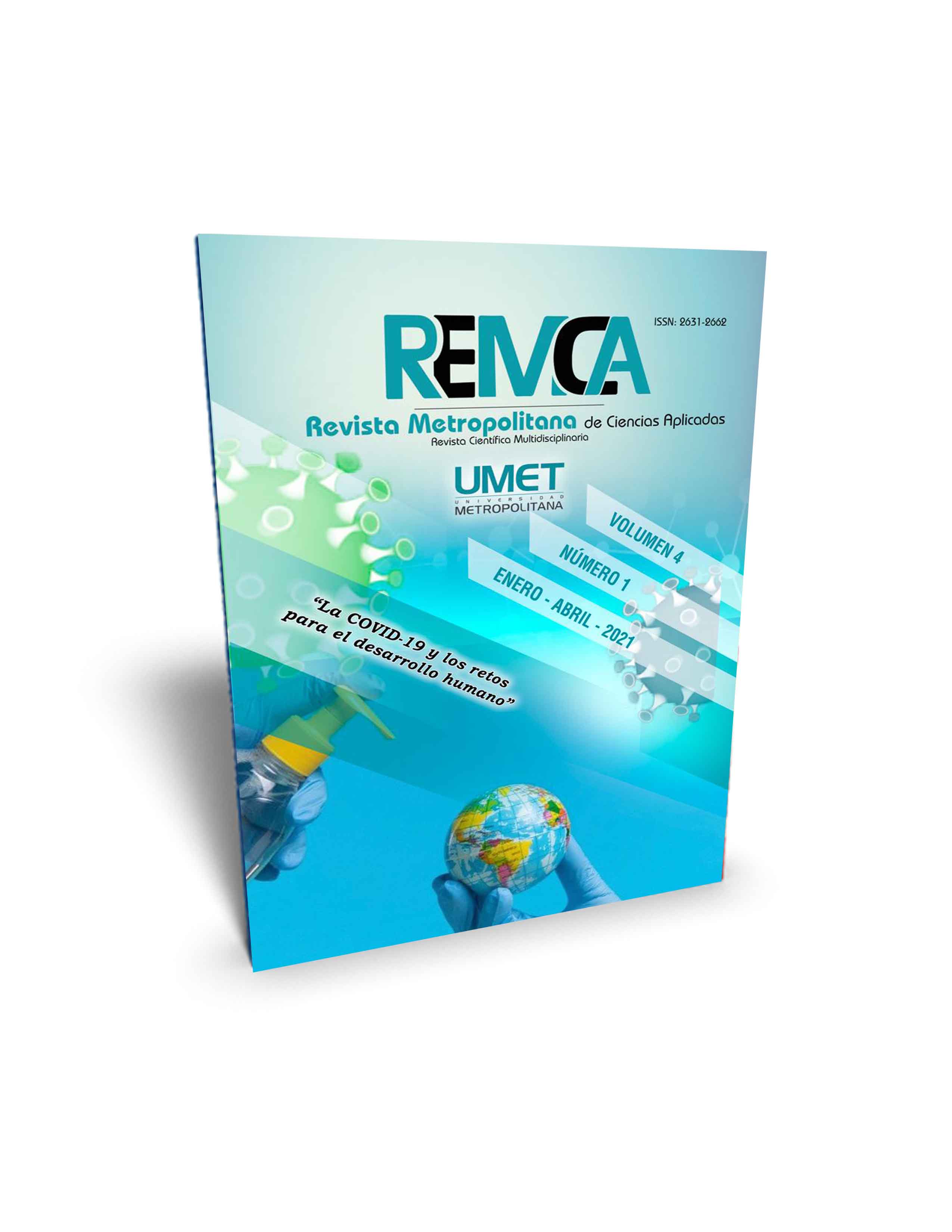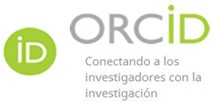Peelings químicos y su rol en el manejo de la hiperpigmentación genital femenina
DOI:
https://doi.org/10.62452/5g644296Palabras clave:
Exfoliación, hiperpigmentación, hiperpigmentación genital, peeling químico, trastornos dérmicosResumen
El objetivo del artículo fue describir la aplicabilidad y efecto de peeling químicos como corrección de hiperpigmentación en zona genito-perineal femenina. Se realizó una revisión bibliográfica en: Pubmed y Google Scholar. Se emplearon términos clave como: “Chemical peelings”, “Female genital hyperpigmentation” “Treatment”, “Hyperpigmentation” con los conectores “And” y “Or”. Con lo cual no se obtuvieron resultados, por lo que se procedió a realizar una búsqueda por términos individuales y se aplicaron los filtros: año de las publicaciones, tipo de artículos y palabras clave, obteniéndose 8 artículos, de los cuales se excluyen 3 según criterios de inclusión y exclusión, quedando 5 artículos para su análisis y descripción según los objetivos propuestos. El peeling químico representa un tratamiento adecuado para trastornos dérmicos, incluyendo la hiperpigmentación en región genital, de fácil aplicación y gran auge en los últimos tiempos.
Descargas
Referencias
Berson, D.S., Cohen, J.L., Rendon, M.I., Roberts, W.E., Starker, I., & Wang, B. (2009). Clinical role and application of superficial chemical peels in today’s practice. J Drugs Dermatol JDD, 8(9):803-11.
Cengiz, F. P., Emiroglu, N., & Wellenhof, R. H. (2015). Dermoscopic and clinical features of pigmented skin lesions of the genital area. Anais Brasileiros de Dermatologia, 90(2), 178–183.
Grover, C., & Reddu, B.S. (2003). The therapeutic value of glycolic acid peels in dermatology. Indian J Dermatol Venereol Leprol, 69(2):148-50.
Hosler, G. A., Moresi, J. M., & Barrett, T. L. (2008). Nevi with site-related atypia: a review of melanocytic nevi with atypical histologic features based on anatomic site. Journal of Cutaneous Pathology, 35(10), 889–898.
Housman, T. S., Hancox, J. G., Mir, M. R., Camacho, F., Fleischer, A. B., Feldman, S. R., & Williford, P. M. (2007). What Specialties Perform the Most Common Outpatient Cosmetic Procedures in the United States? Dermatologic Surgery, 34(1), 1–8.
Kapuścińska, A., & Nowak, I. (2015). Use of organic acids in acne and skin discolorations therapy. Postępy Higieny i Medycyny Doświadczalnej, 69, 374–383.
Kubiak, M., Mucha, P., Dębowska, R., & Rotsztejn, H. (2014). Evaluation of 70% Glycolic Peels Versus 15% Trichloroacetic Peels for the Treatment of Photodamaged Facial Skin in Aging Women. Dermatologic Surgery, 40(8), 883–891.
Nikalji, N., Godse, K., Sakhiya, J., Patil, S., & Nadkarni, N. (2012). Complications of medium depth and deep chemical peels. Journal of Cutaneous and Aesthetic Surgery, 5(4), 254–260.
Descargas
Publicado
Número
Sección
Licencia
Derechos de autor 2021 Carlos Iván Zavala Naranjo (Autor/a)

Esta obra está bajo una licencia internacional Creative Commons Atribución-NoComercial-CompartirIgual 4.0.
Los autores que publican en la Revista Metropolitana de Ciencias Aplicadas (REMCA), están de acuerdo con los siguientes términos:
1. Derechos de Autor
Los autores conservan los derechos de autor sobre sus trabajos sin restricciones. Los autores otorgan a la revista el derecho de primera publicación. Para ello, ceden a la revista, de forma no exclusiva, los derechos de explotación (reproducción, distribución, comunicación pública y transformación). Los autores pueden establecer otros acuerdos adicionales para la distribución no exclusiva de la versión de la obra publicada en la revista, siempre que exista un reconocimiento de su publicación inicial en esta revista.
© Los autores.
2. Licencia
Los trabajos se publican en la revista bajo la licencia de Atribución-NoComercial-CompartirIgual 4.0 Internacional de Creative Commons (CC BY-NC-SA 4.0). Los términos se pueden consultar en: https://creativecommons.org/licenses/by-nc-sa/4.0/deed.es
Esta licencia permite:
- Compartir: copiar y redistribuir el material en cualquier medio o formato.
- Adaptar: remezclar, transformar y crear a partir del material.
Bajo los siguientes términos:
- Atribución: ha de reconocer la autoría de manera apropiada, proporcionar un enlace a la licencia e indicar si se ha hecho algún cambio. Puede hacerlo de cualquier manera razonable, pero no de forma tal que sugiera que el licenciador le da soporte o patrocina el uso que se hace.
- NoComercial: no puede utilizar el material para finalidades comerciales.
- CompartirIgual: si remezcla, transforma o crea a partir del material, debe difundir su creación con la misma licencia que la obra original.
No hay restricciones adicionales. No puede aplicar términos legales ni medidas tecnológicas que restrinjan legalmente a otros hacer cualquier cosa que la licencia permita.




